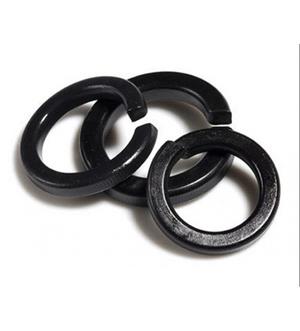screw came out of drywall
When the Screw Comes Out of the Drywall Causes and Solutions
When a screw comes out of drywall, it can be a frustrating experience. For homeowners, this often signifies a more significant issue at hand, whether it's related to the structural integrity of the wall, the choice of materials, or the method of installation. Understanding why screws come loose and how to effectively address the problem is essential for maintaining a secure and aesthetically pleasing home environment.
Causes of Screws Coming Out of Drywall
1. Improper Installation One of the most common reasons screws come out of drywall is improper installation. When screws are driven too deep, they can damage the drywall. Conversely, if they are not sunk enough, they may not grip the material firmly. Additionally, utilizing the wrong type of screws can lead to inadequate hold; for instance, using wood screws for drywall can result in failure.
2. Overloading Drywall is not designed to bear excessive weight. When shelves or fixtures aren't properly supported or exceed the drywall's weight limit, it can cause screws to loosen and eventually pull out. It’s crucial to ensure that the load is distributed correctly and that heavy items are anchored with appropriate supports, such as wall studs or toggle bolts.
3. Humidity and Temperature Changes Environmental factors play a crucial role in the stability of drywall installations. High humidity can cause drywall to swell, while fluctuations in temperature can lead to contraction. These changes can affect the grip of screws and may result in them loosening over time.
4. Age and Wear Over time, drywall can degrade due to wear and tear, leading to a loss of structural integrity. This natural degradation can cause screws that once held firmly to gradually work their way out, especially when subjected to movement or force.
5. Vibrations and Movements Homes are not static; they experience constant movement from footsteps, furniture shifts, and vibrations from appliances. Such continuous motion can cause screws to become loose over time, especially if they are not of high quality or installed correctly.
Solutions and Prevention
screw came out of drywall

1. Use the Right Hardware Ensure you are using drywall screws specifically designed for your applications. These screws typically have a sharp tip and a coarse thread that grips the drywall better than regular wood screws.
2. Install Anchors For heavier items, consider using wall anchors designed for drywall. Anchors distribute the weight across a larger area of drywall and help prevent screws from pulling out.
3. Check the Load Before installing shelves or adding fixtures, assess the weight they will bear. Opt for stud-mounted solutions when installing heavier items, as this will provide a much stronger base.
4. Tighten Loose Screws Regularly inspect your fixtures and tighten any loose screws you find. If a screw continuously comes loose, consider replacing it with a larger, stronger screw.
5. Repair and Reinforce If screws have come out and the surrounding drywall is damaged, you should consider patching the area. This can involve filling the hole with a compound or inserting a piece of backing material and re-screwing it in place.
6. Monitor Humidity Levels Use a dehumidifier or adequate ventilation in areas prone to moisture, like bathrooms and kitchens. Maintaining stable humidity levels can mitigate the risk of drywall swelling and movement.
Conclusion
Screws coming out of drywall can be a common nuisance, but understanding the causes can help you find effective solutions. By using the right materials, ensuring proper installation, and keeping an eye on weight loads, you can maintain the integrity of your drywall and prevent further issues. Regular maintenance and inspections will go a long way in ensuring that your home remains secure and your walls stay intact, allowing you to enjoy a safe and aesthetically pleasing living space.
-
Top Choices for Plasterboard FixingNewsDec.26,2024
-
The Versatility of Specialty WashersNewsDec.26,2024
-
Secure Your ProjectsNewsDec.26,2024
-
Essential Screws for Chipboard Flooring ProjectsNewsDec.26,2024
-
Choosing the Right Drywall ScrewsNewsDec.26,2024
-
Black Phosphate Screws for Superior PerformanceNewsDec.26,2024
-
The Versatile Choice of Nylon Flat Washers for Your NeedsNewsDec.18,2024










